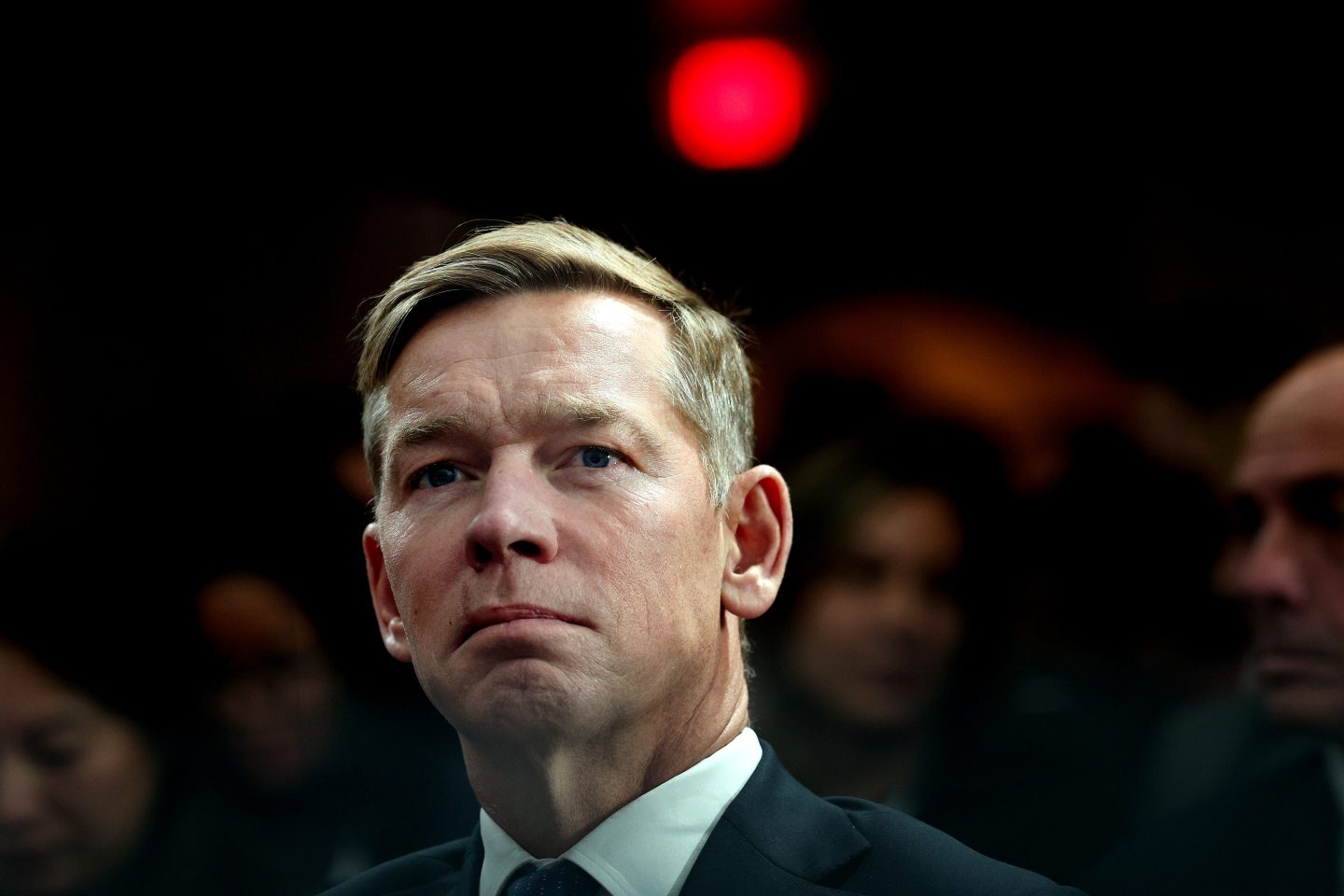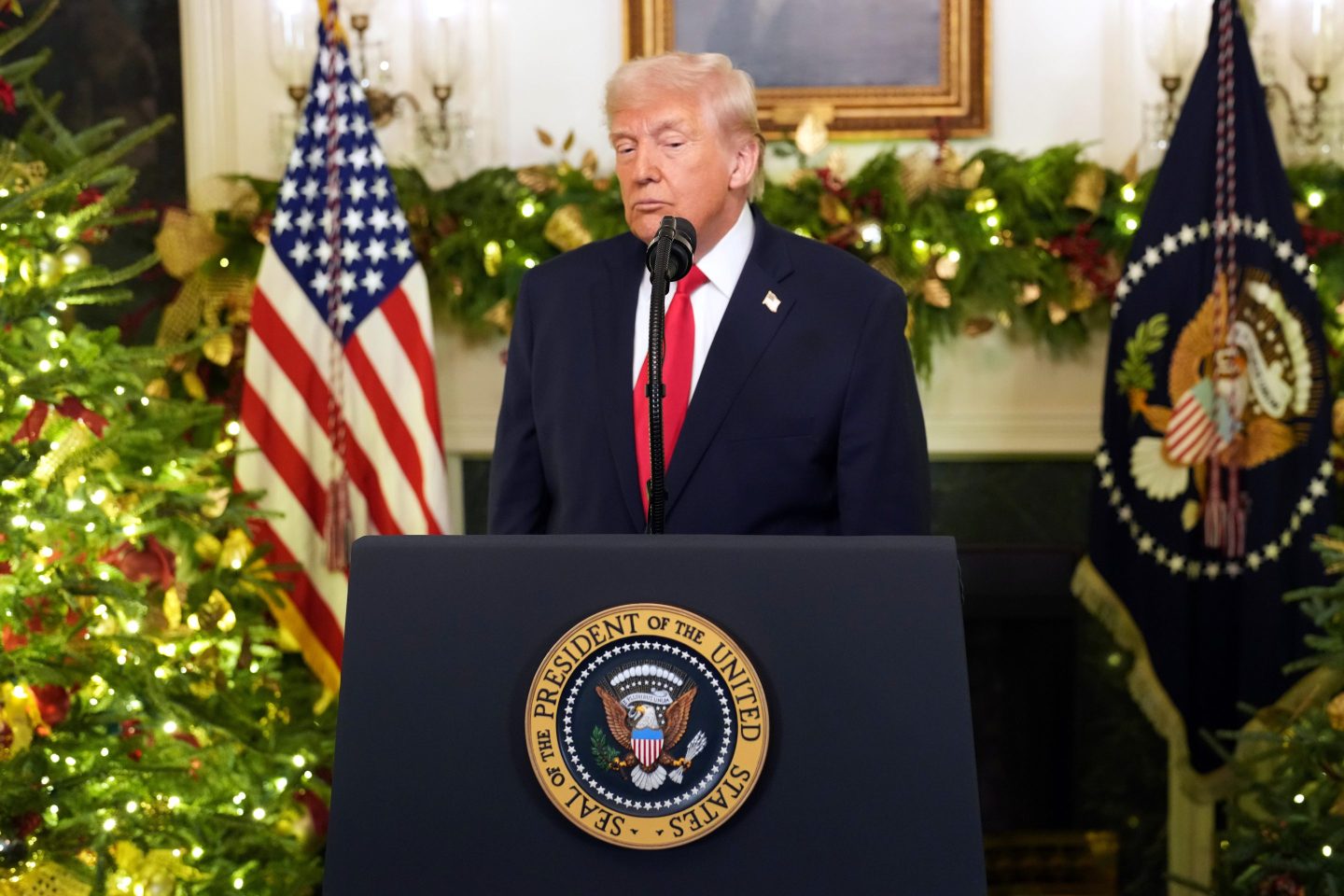There are three things Vladimir Putin needs to maintain his war of expansion in Ukraine, starting with soldiers and bullets. Neither, however, would be possible without the steady supply of money.
To staunch this supply and hit the Russian president where it hurts him most, Western governments designed a $60 oil price cap whose avowed goals appear to be at odds: to prevent Putin from profiting off a conflict he started; and to minimize supply disruptions that harm the global economy.
The price cap seemed to work after it was put into place in December. But now, according to an investigation conducted by the Financial Times, it appears that the Russians are either proving equally clever at adapting to this mechanism. Or perhaps are just desperate.
The cap lowers the price on what Russia can charge for seaborne crude—the bulk of its exports—so that it more closely matches to the country’s estimated extraction cost per barrel. This ceiling ensures the Kremlin cannot not enrich itself while still providing enough of an incentive to maintain production.
Enforcement worldwide hinged on the G7 group of industrial nations policing the marine insurers that underwrite the cargo, as well as their re-insurers, most of whom are collectively headquartered in the west.
An analysis of shipping and insurance records has, however discovered that almost three-quarters of all Russian crude traversing the seas last month did so without the use of Western insurance.
That suggests the Kremlin is now able to charge full market price just at a time when global benchmark Brent is approaching $100 a barrel—thanks in part to unilateral cuts imposed by Saudi Arabia and Russia.
While part of this likely reflects a lower appetite on the part of Western-backed ships to deal with the hassle of the necessary documentation, it’s unclear how Russia has so quickly adapted since December.
Even more difficult to enforce price gap in the future
Since commercial ship typically carry tens of millions of dollars’ worth of cargo or more, they are obliged to get protection and indemnity (P&I) insurance. Oil tankers are no different.
One possibility is that Russia itself or its allies are stepping into the gap and offering iron-clad guarantees in the event of a loss. But this would mean their taxpayers are assuming the risk.
“Given these shifts in how Russia ships its oil, it may be very difficult to meaningfully enforce the price cap in the future,” Ben Hilgenstock from the Kyiv School of Economics told the FT. “And that makes it even more regrettable that we did not do more to properly enforce it when we had more leverage.”
There is also a separate $100 price cap on premium petroleum products like gasoline and diesel, but it appears Russia refining capacity is struggling anyway to meet internal demand amid the war effort.
Last week Putin’s government imposed an export ban to divert resources that would have gone abroad back home to alleviate the economic effects of his military campaign on Russian daily life.
Fuel prices in his depreciating ruble currency have soared, according to state news agency TASS, with the price of premium 95-octane gasoline hitting a record high on the St. Petersburg commodities exchange SPIMEX.













